In WWI the British created a new type of armoured vehicle: the tank. Very little attention was dedicated to the issue of anti-tank defense, as the Germans had very few analogous vehicles. However, in the interbellum period it became clear that the British infantry will have to face an enemy with a large amount of tanks, and so the issue had to be resolved.
A weapon of questionable value
One of the solutions undertaken was the development of an anti-tank rifle. Interestingly enough, the developers from the Royal Small Arms Factory in Enfield were unsatisfied from the British high caliber machine gun round developed by Vickers. Captain Henry Boys, who led the development of the new anti-tank rifle, decided to take the American .50 BMG round as a starting point and increase its penetration. The result was .55 Boys and a rifle of the same name. The name was given to it in memory of the designer, who died in 1937 shortly before the rifle was accepted into service.
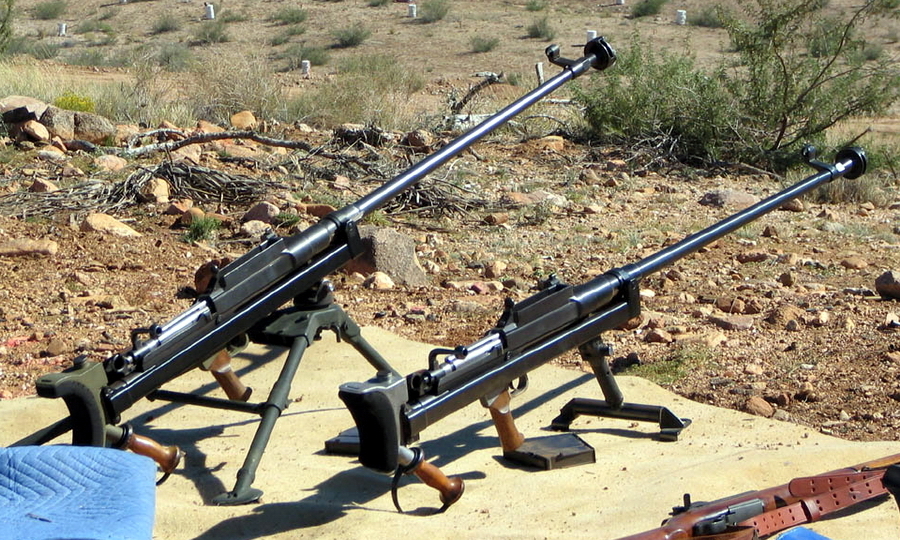
Initially the Mk.I round with a muzzle velocity of 747 m/s and penetration of 23.2 mm at 100 yards (91 m) was used. The start of WWII showed that this was not enough to fight anything but light vehicles with bulletproof armour. While they could deal with Italian tankettes, British officers from the 8th Army could not find a single case of a German tank that was penetrated by a Boys rifle during Operation Crusader in November of 1941.
The end users' opinion of the Boys was low even before that. The government of Canada where licensed production was set up turned to Walt Disney Studios to make an instructional video on it. The creators of Mickey Mouse did their part and made an excellent 22 minute long film, although as the Canadians themselves admitted it worked better as propaganda aimed at civilians than to convince the soldiers of the Boys' effectiveness.
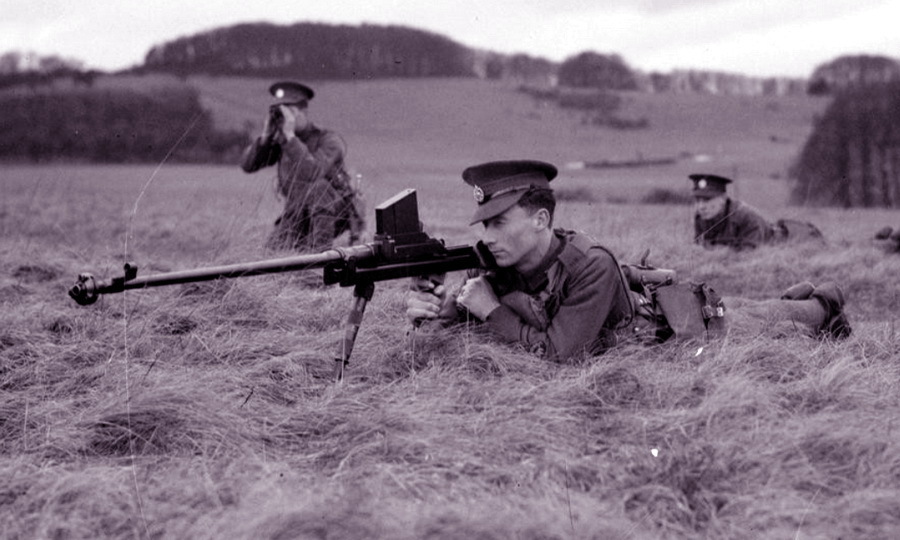
As firing the rifle was quite painful, attempts were made to install it on various vehicles. Even after the more effective Mk.II round was introduced the Boys was gradually replaced with the M2 Browning machine gun. It had similar penetration, but much greater effectiveness.
The UK itself built tens of thousands of ersatz spigot mortars of questionable effectiveness in anticipation of the German invasion. However, it soon became clear that the Germans weren't coming any time soon and that arms designers could catch their breath and take their time in creating a weapon. The result was the PIAT (Projector, Infantry, Anti-Tank) created by Major Millis Jefferis.
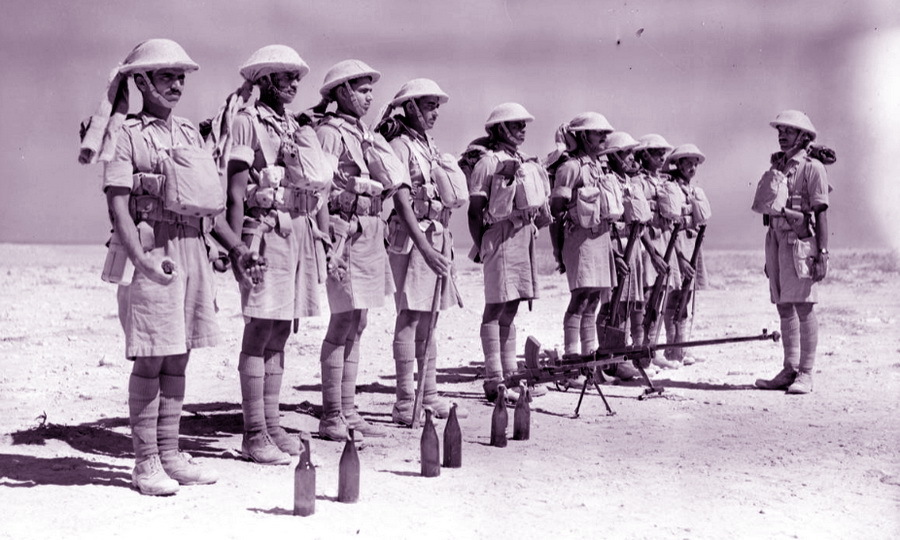
Practice showed that the hardest thing when using the PIAT was the initial cocking of the main spring. After that it reset itself, but the first load was difficult, especially for short troops or those who were not in a position to stand. Famous British arms historian Ian Hogg wrote that «it's hard to say that the PIAT was ever popular with the troops that used it».
The muzzle velocity was very low, only 76 m/s, which made firing at moving targets difficult even at small ranges. The lack of an exhaust jet was a definite plus, it meant that the PIAT could be fired from inside buildings and «mortar style» with the shoulder stock braced against the ground. In this case the range increased to 320 meters.
On Soviet proving grounds
British anti-tank armaments were send to the USSR in addition to other weapons. It is still unclear if Boys rifles were ever sent separately, or as a part of Universal Carrier shipments.
In 1942 the British tried do find out how their anti-tank rifles were doing on the Soviet-German front through diplomatic channels. The response from the Main Artillery Directorate of the Red Army (GAU KA) was disappointing.
«The English Boys 13.97 mm anti-tank rifle is significantly worse than the Simonov and Degtyaryev 14.5 mm anti-tank rifles. The Boys rifle penetrates 10 mm of armour at normal from 500 meters while the PTRD and PTRS penetrate 20 mm of armour at 20 degrees from 1000 meters. The Boys rifles are mainly mounted on imported APCs that are used to transport troops and equipment to the front lines. For this reason, the GAU does not have any reports on this weapon aside from a report that one of them burst during training."
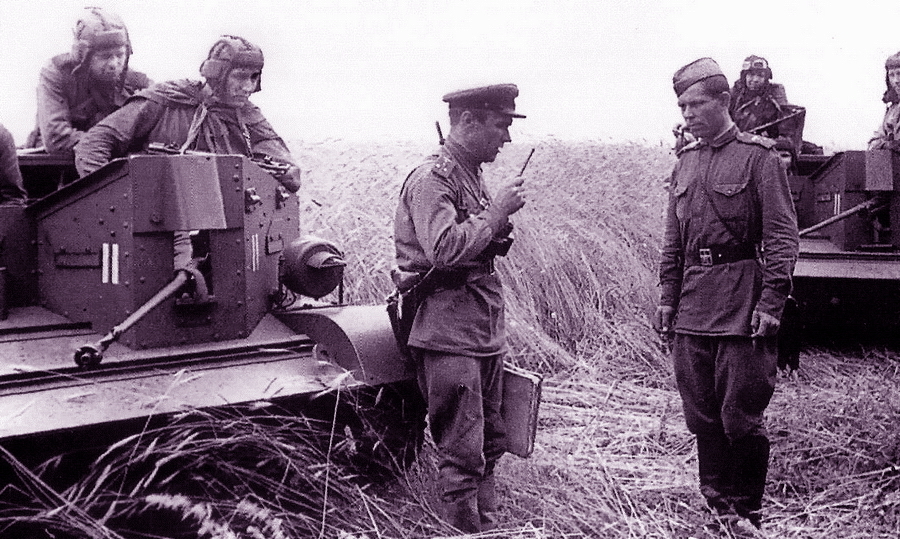
It's not clear where this information came from. The Scientific Research Small Arms Proving Grounds (NIPSVO) reported the following when testing British anti-tank rifles:
«Penetration testing with British 13.97 mm and American 12.7 mm rounds was performed against 15 mm plates matching TU #00815 criteria, as 20 mm plates were not available at the NIPSVO. British 13.97 mm rounds were tested in parallel with 14.5 mm B-32 rounds, American 12.7 mm rounds were tested in parallel with domestic 12.7 mm B-32 rounds.
…
13.97 mm British rounds penetrated 15 mm homogeneous armour at 20 degrees from 300 m in 60% of cases, while domestic 14.5 mm rounds penetrate 100% of the time in these conditions. British 13.97 mm ammunition penetrates significantly less armour than domestic 14.5 mm B-32 ammunition and also has no incendiary function."
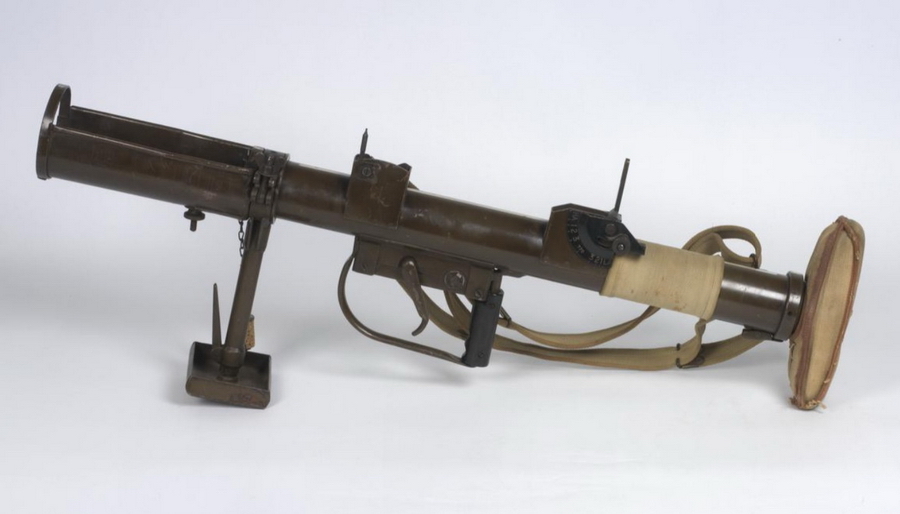
Later, a report addressed to A.I. Mikoyan (as the People's Commissar of Foreign Trade he also dealt with issues regarding Lend Lease) from the GAU suggested that the USSR is unlikely to need the Boys in the future.
«Regarding the ciphered message from comrades Filin and Solovyev in London dated September 28th, 1942, on the shipment of Boys rifles and Bren machine guns in surplus of what is used on APCs, I report that there is no need. Preliminary information shows that the anti-tank rifles are far inferior to those of domestic production. The GABTU is now performing trials to discover whether it makes sense to order them at all…»
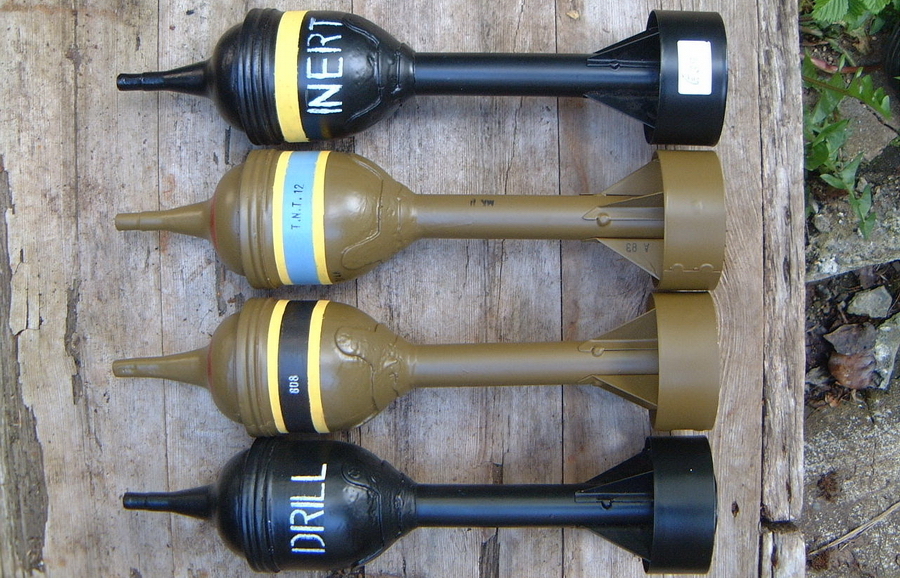
Various sources give different numbers for how many Boys rifles were shipped to the USSR, but the maximum amount is 3200 units, a tiny number compared to PTRD and PTRS production. Considering the need to supply it with special ammunition, it is unlikely that the Boys would ever be used as anything except a self defense weapon by APC crews.
As for the PIAT, the USSR received a small batch only in 1944. Trials performed at the GAU proving grounds gave the following results:
|
Armour thickness |
Penetration depth |
Entrance diameter |
Exit diameter |
|
50 |
All the way through |
27 |
22 |
|
20+90 |
All the way through |
29 |
20 |
|
25+90 |
All the way through |
30 |
22 |
|
50+90 |
105 |
29 |
20 |
|
50+90 |
103 |
30 |
22 |
To figure out the maximum penetration the rounds were placed up against the armour. Homogeneous armour plates produced at the Izhora factory in 1939 and at the Mariupol factory in 1940 according to navy requirements were used. Firing at a range of 60-100 m showed penetration of 100-100 mm.
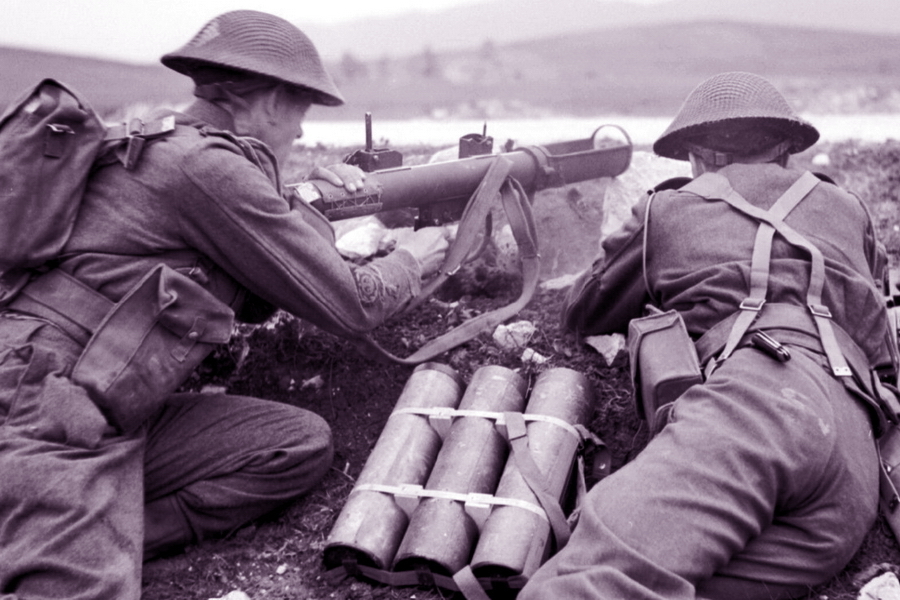
The maximum range was evaluated at 100 meters. There was a notice attached to the report:
«The difficulty in arming the grenades is a drawback. Dynamite, TNT, tetryl, and penthrite are used as the triggering charge and main charge. Due to this filling (dynamite) the grenade can't retain stability in changing temperature conditions and can only be used in mild climates without cold or heat."
The testers also noted that firing from the shoulder is uncomfortable due to significant recoil.

As the Red Army already had a large amount of captured German Panzerschreck and Panzerfaust rocket launchers, which had higher penetration, lower weight, and comparable range, the British PIAT didn't look very promising. According to Soviet data, here is how the systems compared:
|
|
Weapon weight (kg) |
Round weight (kg) |
Round caliber (mm) |
Range (m) |
Penetration (mm) |
|
Panzerschreck |
9.2 |
3.3 |
88 |
120 |
Up to 200 |
|
5.55 |
2.8 |
149 |
30 |
220 |
|
|
6.13 |
1.5 |
60 |
100 |
Over 60 |
|
|
PIAT |
16 |
1.1 |
88 |
100 |
100 |
Based on further correspondence, it would appear that the PIAT never reached the front lines* and were only stored in the Moscow military district. A special order issues in the MMD in May of 1944 notes the picky nature of British ammunition.
«As the explosive charge is primarily produced from dynamite, the ammunition must be stored at a distance of at least 100 meters from any other ammunition. Joint storage with any other ammunition or explosives is forbidden. When loading, unloading, or performing any other work, the ammunition must be moved carefully without tilting or throwing."
It's clear that neither the anti-tank rifle nor grenade launcher made an impression on Soviet troops. By this time, Soviet offensive operations ensured a very reliable supply of German rocket launchers, which Red Army troops enthusiastically used against their creators.







